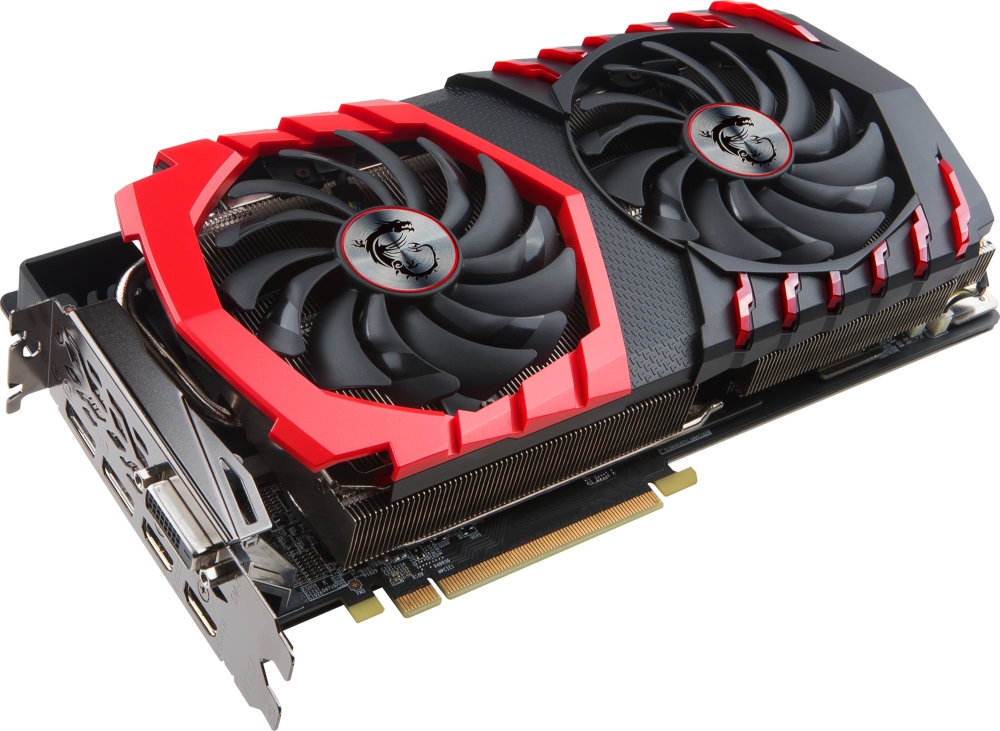
Check Unlock voltage control and Force constant voltage in MSI ABs settings. If you do set any fan curves in MSI afterburner or otherwise with another program - it is advised to definitely start that with Windows, otherwise it likely will not set. If you dont have it already, install MSI Afterburner and run it. A recent AMD Radeon Software driver release broke the fan control with MSi Afterburner for this specific GPU SKU. I personally use it for frametime monitoring, there are tons of programs to do so but most oft used is Afterburner and RTSS (both actually will install with Afterburner, but you can use RTSS by itself). The highest I've seen with my old 280X was about 72 degrees Celcius.

However, I've noticed my new RX 580 goes above and beyond my 280X's max temperature. Upgrading from a Sapphire R9 280X Dual-X, it's quite an improvement. Newest drivers have been better at that as well.Ģ) Meh same diff as MSI afterburner but afterburner IMHO has large crowd/more usage in general demographics.ģ) Great program. I recently purchased a Sapphire RX 580 Pulse, and installed it into my computer.

I don't get that many driver crashes unless I'm fiddling with overclocks (CPU or GPU). Though if your Radeon task bar icon is going away, you are having driver crashes. Radeon RX 580 GAMING X 8G gaming graphics card equips TORX FAN 2. Happens to me too all the time when I make changes to something but with most recent driver update, seems to happen a lot less (subjectively). You have to actively monitor or otherwise you'll notice that the driver defaults to whatever that card has plugged for stock curve. Below all overclock results, measured at WQHD.Click to expand.1) Radeon software - IT WILL RESET EVENTUALLY, somehow, some way. MSI Radeon RX580 Armor 4G OC Desktop or Laptop System Operating System Windows 10 64bit Home Version 1709 Driver version installed Radeon Software Adrenalin Edition 18.1. This was with the TDP Power limiter tweak maxed out. And once we teak it manually it is roughly 13% faster compared to the reference RX 480 card and thus 7% faster compared to the default MSI clocks. So RX 580 card runs give or take 6% faster compared to RX 480. To the far right where you can see Aver Difference %, this is the result of the four games tested and averaged out.

In the above chart you can see relative performance difference in between a reference RX 480 card, then the AIB RX 580 card and then added the applied tweak and this our overclocked results plotted in percentage. The reference card is 100%. Tweaked with added voltage we now sit at 76 Degrees C under heavy load. We locked in the fan RPM at 45%, this is a normal to silent noise level. The GPU will max out roughly at 1500 MHz, admittedly this was borderline stable and in fact I would recommend dropping down 50 MHz for long term stability. Basically you'll gain another notch out of the graphics processor.


 0 kommentar(er)
0 kommentar(er)
